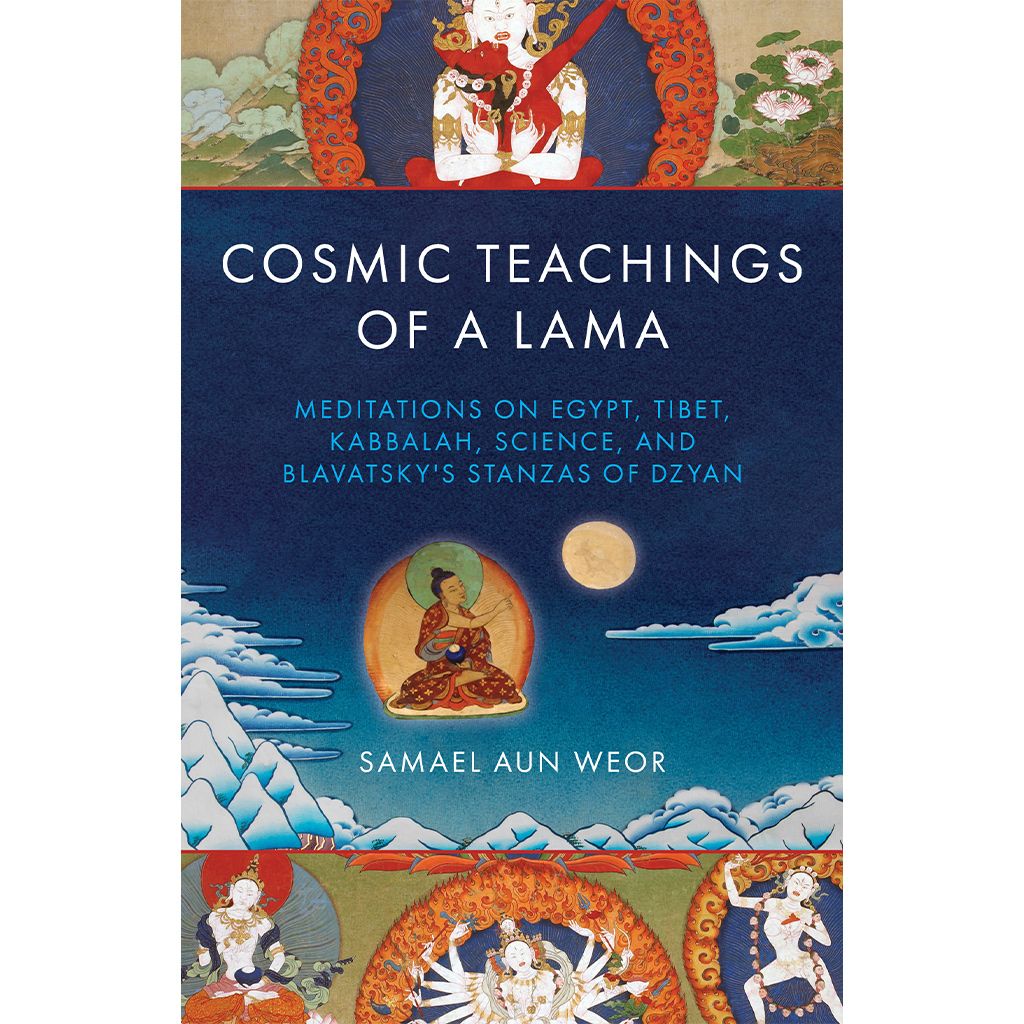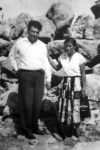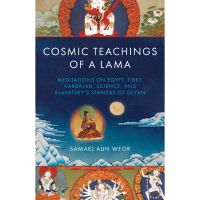Chapter:
Koan
“What is a Koan exercise?” —Garma C. C. Chang, The Practice of Zen
This is something that we, the Gnostics, must profoundly study.
“‘Koan’ is the Japanese pronunciation of the Chinese phrase kung-an; and the original meaning of kung-an is ‘the document of an official transaction on the desk.’ But the term is used by Zen Buddhists in a slightly different manner in that it denotes a certain dialogue or event that has taken place between the Zen Master and his student. For example, ‘A monk asked Master Tung Shan, “Who is Buddha?” [To which the Master replied] “Three chin [measures] of flax!”; or, “A monk asked Master Chao Chou, “What is the meaning of Bodhidharma’s coming from the West?’ ‘The cypress tree in the courtyard.’” —Garma C. C. Chang, The Practice of Zen
An enigmatic answer, is it not? All these famous stories that are narrated in the aforementioned manner are Koans.
It is evident, clear, and obvious that Koan designates a Zen story, a Zen situation, a Zen problem.
“The [esoteric] koan exercise usually implies working on the solution of a Zen problem...” —Garma C. C. Chang, The Practice of Zen
Behold here some Koan examples for meditation:
“...such as “who is the one who recites the name of Buddha?”; or “All things are reducible to one; to what is the one reducible?” —Garma C. C. Chang, The Practice of Zen
It is unquestionable that the mind will never be able to solve a Zen problem. It is obvious that our understanding will never be able to comprehend the deep significance of a Koan.
By all means it is easy to foresee that when the mind tries to integrally comprehend any Koan, it fails and becomes defeated. Then, the mind remains in a profound stillness and in silence.
Thus, when the mind is still, when the mind is in silence, the new arrives.
In those moments, the Essence, the Buddhata, escapes from within the intellect. Then, while in the absence of the “I” it experiences “That” which does not belong to time…
“That” is the Satori, the ecstasy of Saints, the Samadhi. In those moments, we can experience the Reality, the Truth.
“Since ‘koan’ has now become almost an established term, widely used in the West, it seems unnecessary [in our Gnostic lexicon] to use in its place the original Chinese term Hua Tou. Both ‘koan’ and Hua Tou are, therefore, used here in the general and in the specific sense, respectively. In [ancient] China Zen [Ch’an] Buddhists seldom use the term ‘koan exercise’; instead, they say, ‘Hua Tou exercise,’ or ‘tsen Hua Tou,’ is meaning ‘to work on a Hua Tou...’
“A monk asked Master Chao Chou, ‘Does a dog have the Buddha nature?’ Chao Chou answered, ‘Wu!’ [meaning ‘No!’].” —Garma C. C. Chang, The Practice of Zen
This single word “Wu,” besides being a mantra that is pronounced as a double “u” like imitating the sound of a hurricane, is also a Koan itself. To work with the Koan “Wu,” while having the mind still and in silence, is something marvelous.
The experience of the “illuminating Void” allows us to experience an element that radically transforms.


